
How does a 1970s fighter aircraft become the foundation of air combat tomorrow, surviving even more clandestine, new challengers, and rewriting the blueprints silently in the air dominance war?
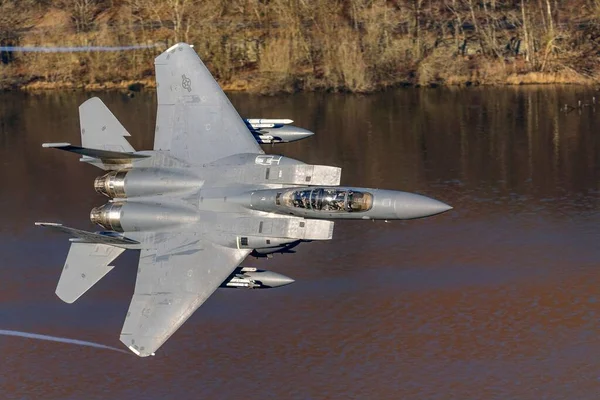
1. Bomb Truck Quarterback with Dual Role
The F-15EX Eagle II is not only a refurbished vintage airplane; it is a redesigned platform adapted for evolving 21st-century warfare requirements. Boeing’s new version of the legendary F-15 avoids the legendary dogfight, choosing instead to tackle two game-altering missions: as a “bomb truck” with a 29,500-pound payload and as a “quarterback” for loyal wingman unmanned assets. The two-mission configuration takes advantage of the rugged airframe and sophisticated mission systems of the F-15EX to allow it to fire long-range standoff missiles and handle unmanned assets in dense, multi-domain battles. As Boeing explains, “Enabled by its cutting-edge mission computing, platform architectures, communications networks and integrated sensor suite, the F-15EX offers a realistic growth path to the future of manned-unmanned teaming.”
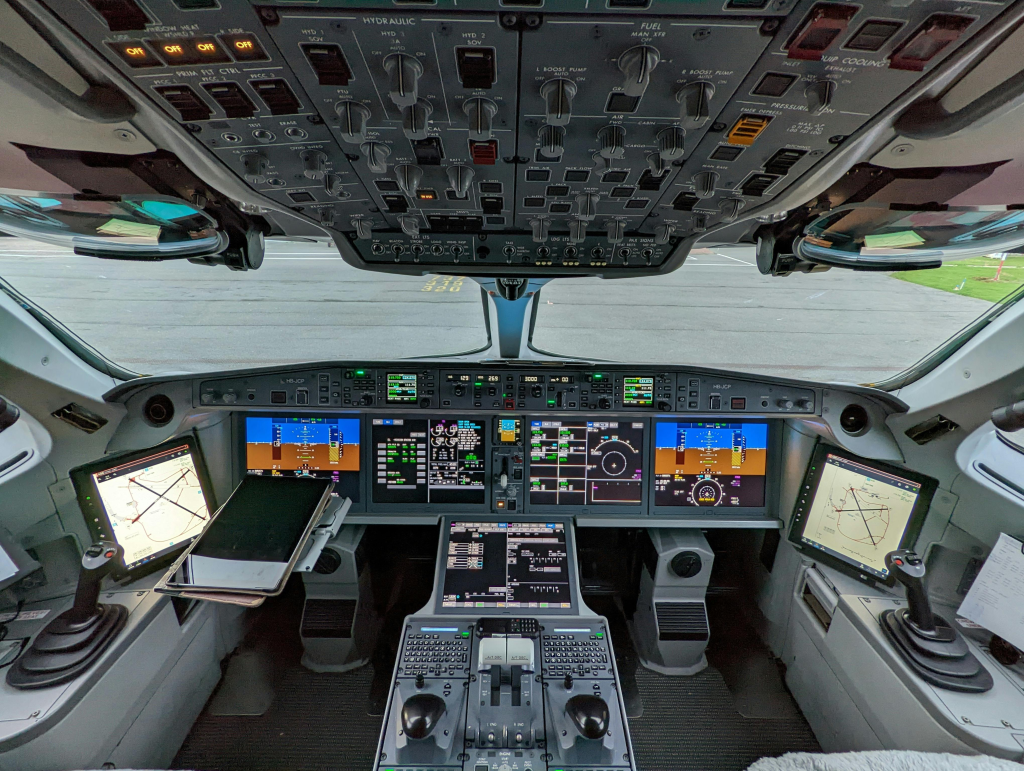
2. Avionics and AESA Radar Upgrades
At the heart of the F-15EX revitalization is its avionics update, ably represented by the addition of what Boeing calls “the world’s most powerful fighter jet radar.” The two-seat configuration of the aircraft is no relic but a conscious decision aimed at creating space for increased workloads. The upgraded crew station, big picture display, and mission computer improvements enable the pilot and Weapon Systems Officer (WSO) to work with weapons, sensors, and drone command all at once. Active Electronically Scanned Array (AESA) radar is a quantum jump compared to mechanically scanned progenitors, providing multi-beam, multi-frequency, speedy electronic steering, and high jam-resistance.

As detailed in technical briefs, AESA radars “permit multiple beams at the same time that can be electronically steered to search in various directions without rotating the antenna, permitting multiple functions simultaneously, all without mechanical repositioning” AESA radars provide performance, stealth and ruggedness. This results in quicker target acquisition, enhanced situational awareness, and lower probability of interceptcrucial characteristics for survivability and lethality.

3. Loyal Wingman Drones: Autonomy and AI
Aerial quarterback role of the F-15EX is attained through the use of loyal wingman drones. Autonomous or semi-autonomous unmanned combat aerial vehicles (UCAVs) maximize the reach and survival of the aircraft. Loyal wingmen can perform ISR, electronic warfare, decoy, and strike missions in high-threat environments where manned fighters would be at risk. They are also outfitted with AI next-gen, modular payloads, and secure data links to enable real-time synchronization with the F-15EX and other assets. As one of the Boeing test pilots described, “There’s probably a mission to have some sort of role in the backseat, I think there’s a role in manned-unmanned teaming, loyal wingman-type things, where the mission gets very, very complicated.” Autonomous core systems behind such drones enable dynamic decision-making, swarming, and cooperative targeting AI capabilities to make Loyal Wingman drones either operate independently or semi-autonomous. But the barriers are daunting: powerful AI, secure communications, and resistance to electronic and cyber warfare must be added to operational feasibility.

4. Payload Capability and Standoff Missiles
Where the F-15EX really stands out is in sheer payload and weapon versatility. Capable of carrying more than a dozen weapons and auxiliary fuel tanks, the aircraft is equal to medium bombers in ordnance delivery. New testing confirmed the F-15EX’s use of the US longest air-to-air and air-to-ground standoff missiles, such as carrying three JASSMs simultaneously and a 12 AMRAAM internal carriage F-15EX uses Standoff Precision Guided Weapons. “The amount of firepower that a 4-ship of F-15EXs brings to a combatant commander is just incredible,” 85th TES F-15 division commander Maj. Calvin Conner said. This capability enables the F-15EX to serve as a force multiplier, unleashing massed fire beyond ranges of next-generation air defenses, and completing the distributed, networked character of contemporary air campaigns.
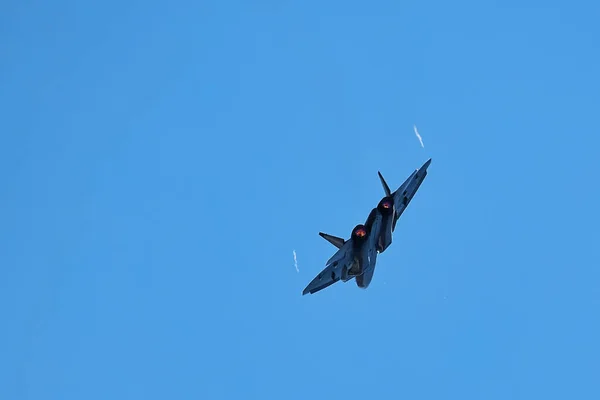
5. Comparative Analysis: F-15EX vs. F-22 and F-35
While the F-22 Raptor and F-35 Lightning II are the epitome of stealth and sensor fusion, the F-15EX occupies a niche of its own. As contrasted with fifth-generation counterparts, the F-15EX is not low observable in shape but makes up for it through more payload, range, and operating capacity. Two-seat cockpit permits division of labor essential in coping with both weaponry and drone command under duress. Production feasibility is the final decisive factor: F-22 production line was closed down after fewer than 200 airframes, which resulted in force structure shortfall. F-15EX, on the other hand, has an active, mature production line, lower acquisition costs, and ease of transition for current F-15 units F-15EX program is “problematic” because the government remains indecisive on the quantity that it’s going to procure. Fox News reports that The F-15EX Eagle II is reported to have more advantages and lower operating expenses compared to the F-35, other than stealth.
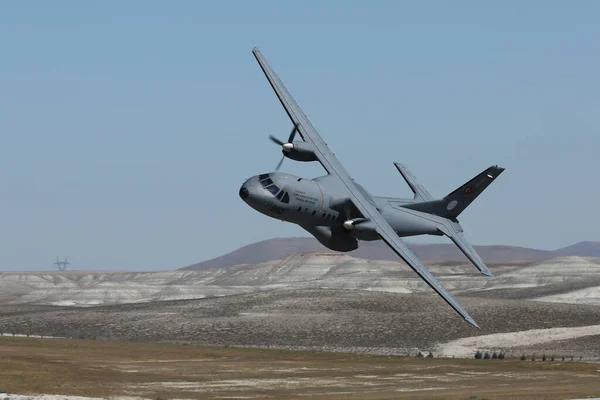
6. Engineering the Future: Fast Testing and Fielding
The F-15EX’s crash course from development to testing represents a change in acquisition strategy. Test units integrated at Eglin Air Force Base accelerated the process, proving the capability of the jet to integrate with fifth-generation fighters and fire the full range of cutting-edge munitions. The open architecture and modularity of the platform provide future-proofing for upgrade to include hypersonic weapons and changing electronic warfare packages. As the Air Force considers full-rate production, the F-15EX is a template for quick, iterative fielding of future capabilities rapid F-15EX fielding is in part an outcome of fully integrated development and test operational teams.

7. The Broader Strategic Context
The F-15EX look is not an engineering tale but a story of strategic imperatives. With the F-15C fleet aging and the F-22 force too small to meet global demand, the Air Force is faced with a capacity shortfall. Readiness, versatility, and affordability necessitate a mix of fourth- and fifth-generation fighters. A mix of fourth- and fifth-generation fighters will provide the most affordable and lethal force. The F-15EX maintains the versatility of the fighter assembly plant and offers a platform for introducing new technologiesdrones, hypersonics, and sensorsinto the flight line.
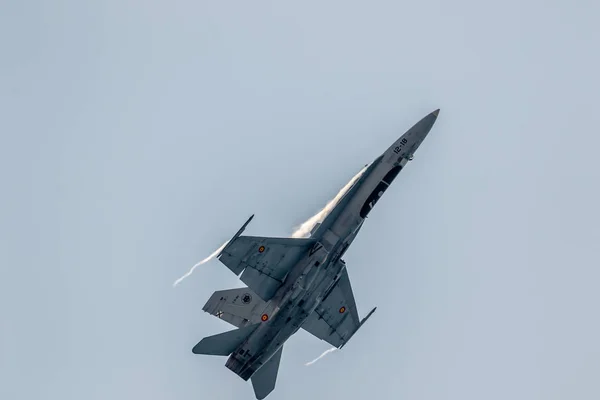
As the character of air combat evolves, the F-15EX Eagle II stands at the middle ground between tradition and innovation, walking the thin line between proven airframes and the requirements of networked, multi-domain war. Its dual function as quarterback and bomb truck, backed by state-of-the-art avionics and manned-unmanned teaming possibilities, ushers in a new age of airpowerwhere connectivity, firepower, and flexibility can be as or even more preferable to stealth.


